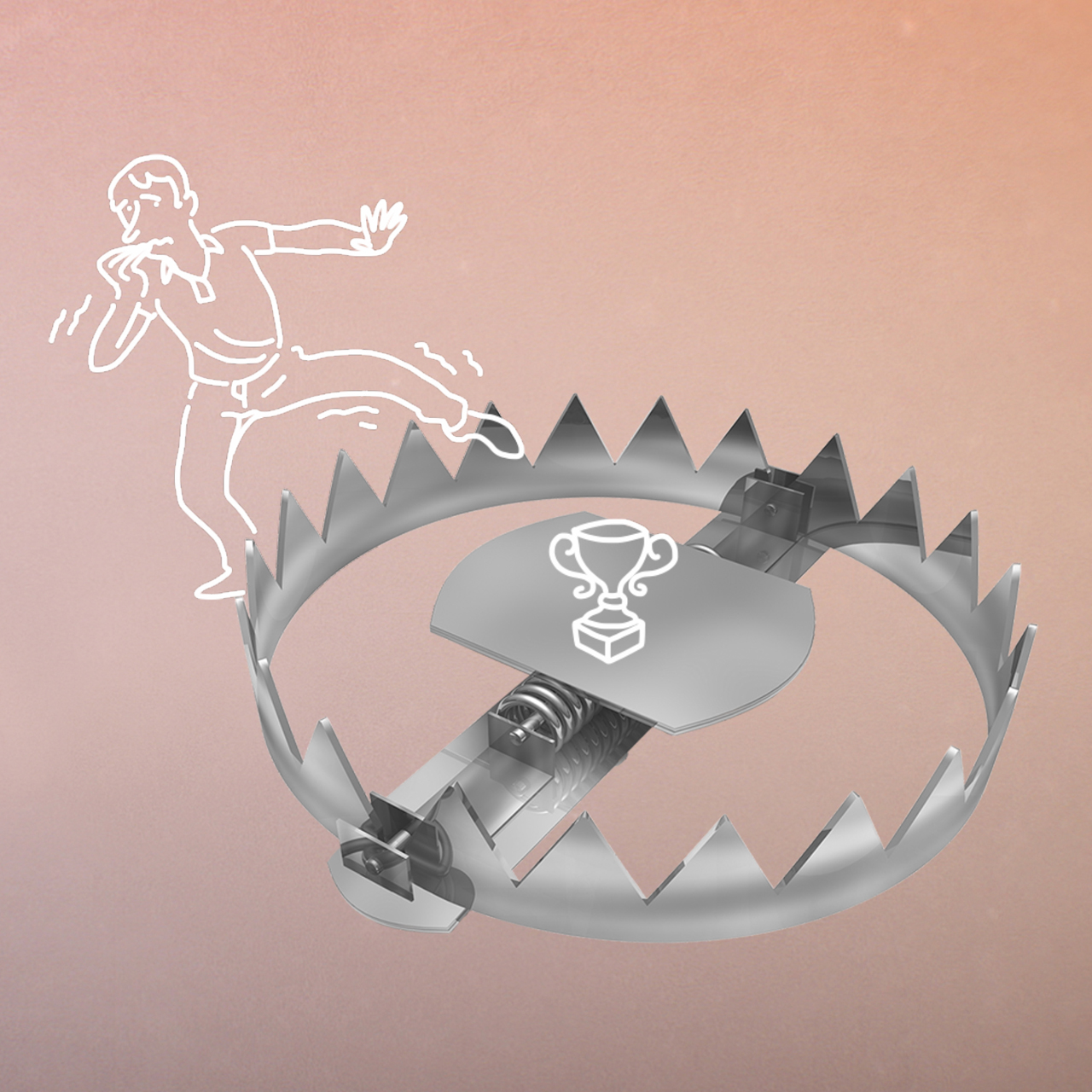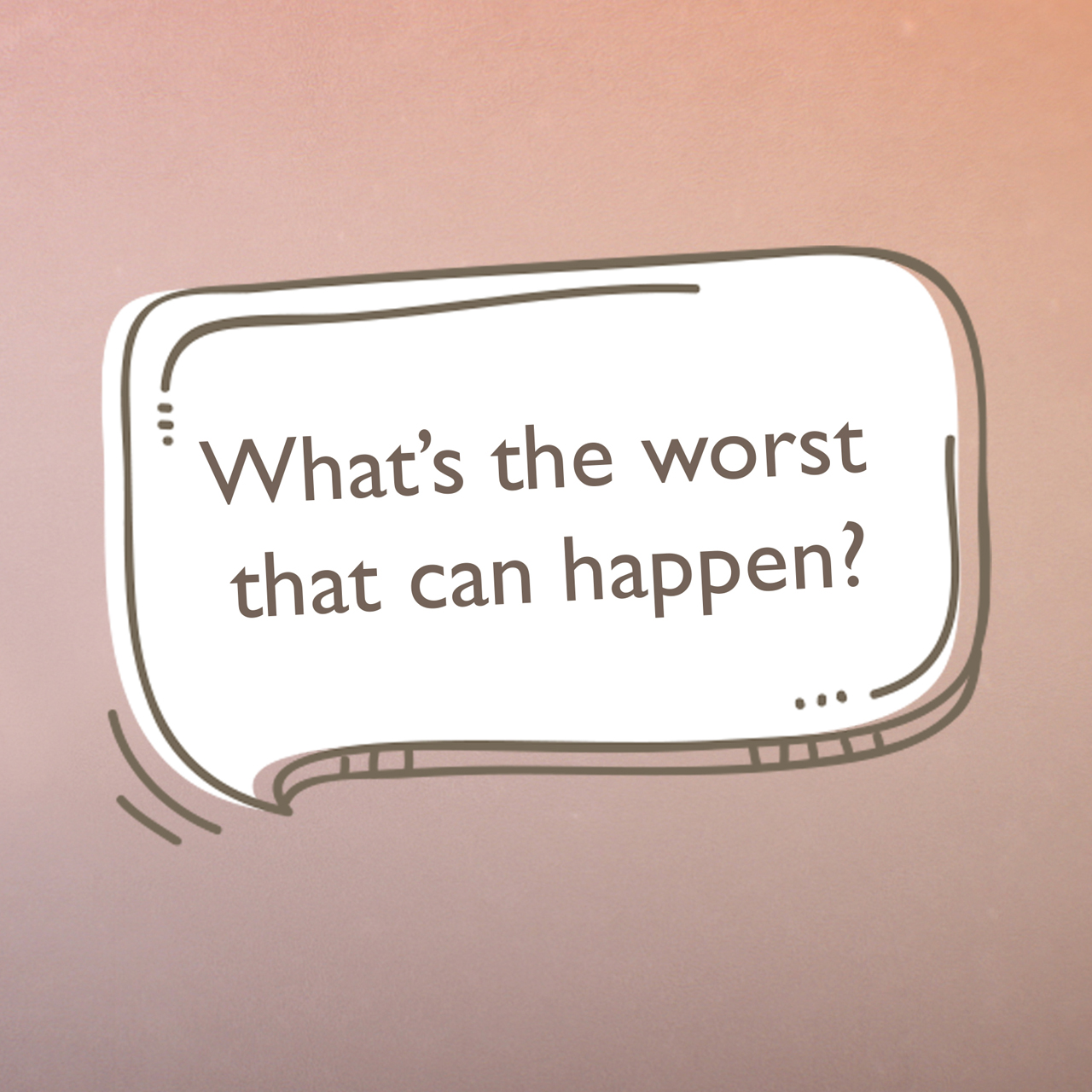
Risk Aversion & Fear of Failure
Risk aversion and fear of failure are two sides of the same coin.
Risk averse people rely on ‘close in’ ideas or ‘sure bets’. Risk averse companies tend to spread their risk, ending up with several smaller initiatives rather than fewer larger ones.
People who fear failure are uncomfortable with ambiguity and want everything to be perfect before moving on. They are often data-driven, needing quantitative proof. And because they wish to align everyone, they struggle to proceed with bold and potentially polarising solutions.

Stimulators & how they are affected
Stimulators get energy from challenging the status quo and from generating radical solutions.
So, when operating in an environment where they are constantly being encouraged to ‘play it safe’, they will soon wither away and most likely end up looking for alternative places where their magic is valued and needed.

Spotters & how they are affected
Spotters rely heavily on their intuition to point them in fruitful directions - they tend to ‘just know’ before they ‘know why’.
But when those around them value tangible facts over intangible feelings, they are forced to explain ‘why’ even though they often can’t. Spotters don’t like to be put on the spot, and soon they’ll stop bringing their gems to the table.

Supporters & how they are affected
Supporters embrace ambiguity and they are good at making others feel comfortable about being uncomfortable.
But if the company they work for always wants to take a straight road from A to B, then there are no twists and turns they can help others navigate. Their magic will not be needed and they will quickly feel superfluous and without purpose.

Top Tip
When fear and risk aversion hold us back, it’s often because we fear the idea of failing rather than the reality of failing.
A smart way around this is to paint a picture of what the worst case scenario might look like.
For any given situation, simply ask yourself “What’s the worst that can happen?”
More often than not, when we realise that the ‘worst’ is in fact not that bad, we start to feel braver, bolder and more confident. In turn, we free ourselves up from being ruled by fear or risk aversion.